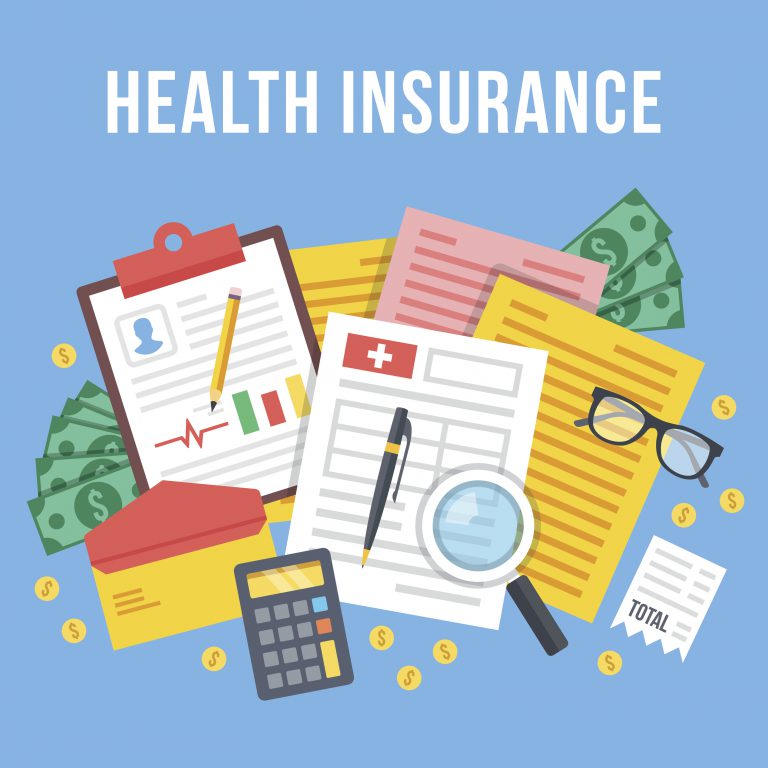How Will the Change From Fee-for-Service to Value-based Care Affect the Revenue Cycle?
 January 17, 2017
January 17, 2017The Centers for Medicare and Medicaid Services are phasing out fee-for-service care and replacing it with a value-based model in an effort to improve the quality of care for patients. This transition is promoting changes that will ensure better care at a lower cost. But exactly how will this affect the revenue cycle?
We outline a few important changes occurring in the move to value-based care in order to help you prepare a value-based revenue cycle.
RCM is Now An End-to-End Process Where Customer Service is Essential
The patient experience is more than just clinical care. Providers will need to change their approach to patient intake by having staff members take on more of a customer service role. This is especially important for recurring patients. Sit down with each patient and help them understand the financial details of their health care, from pre-admission through the entire care process. Increased interaction, patient education, and patient assistance through this hands-on approach dramatically improves the patient experience, and in turn, increases revenue for your practice
Additionally, front-end revenue cycle processes are now more important than ever, meaning that collecting the correct patient data before service is critical to ensuring clean claims. In order to improve revenue, providers should emphasize eligibility authorization, collection of copayments, and collection of patient deductibles.
The Process of Care is Shifting to Slow Spending
Patients with chronic disease, such as diabetes and congestive heart failure, require the most resources when providing care. This is because they are most likely to be repeatedly admitted into the hospital and frequently visit their physicians or emergency care centers. In other words, they are the most expensive patients to care for. In order to reduce hospitalization and emergency costs allocated to this population, providers must focus on providing a different kind of care with a different objective, that of a preventative approach.
In this care model, the focus shifts to identifying gaps in care delivered to patients with chronic disease in order to reduce total-care spending, increase the value of care by reducing unnecessary readmissions, and increase revenue for providers. By implementing a new care model for patients who are at risk of hospitalization, total care spending slows for this population, leading to savings and more sustainable revenue cycle management.
Data is King
Data is the most important asset when it comes to value-based care. In a value-based environment, it’s critical for providers to have as much information as possible on patient medical history.
Additionally, it is important for providers to have the ability to analyze their performance of quality reporting measures. Understanding performance is key to determining whether providers are performing sufficiently enough for a positive reimbursement payment or if their performance is in line with a negative reimbursement payment.
If you have been using EMR software and meeting the necessary requirements to fulfill Meaningful Use, then you are already obtaining and maintaining comprehensive information.
Partner With The Right EMR
5 Star Billing is dedicated to helping practices streamline operations in order to achieve value-based care. With the right EMR and practice management software, practices can ensure accuracy in patient data as well as an improved patient experience through the entire cycle of care.
To learn more about how we can help ensure clean claims and maximize your revenue, contact us online or call us at 480-999-0180.

